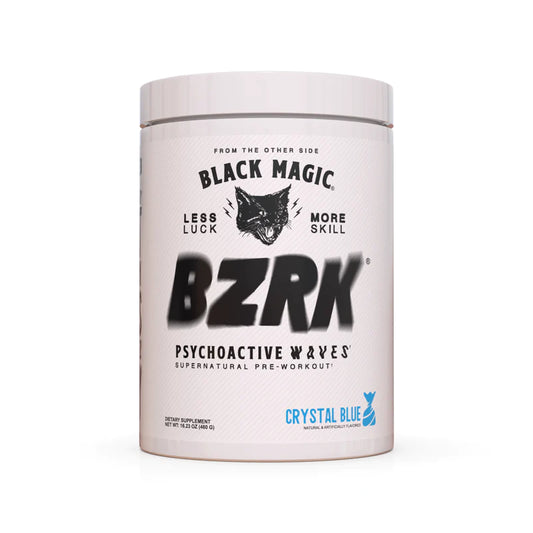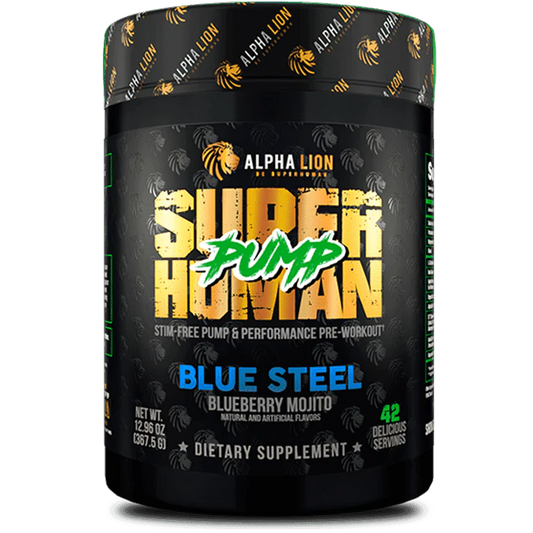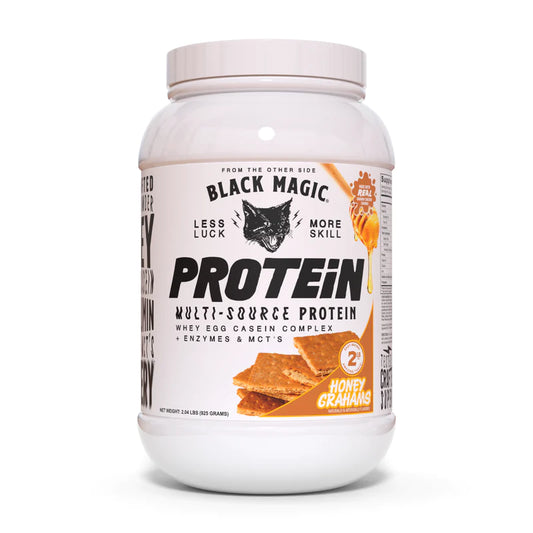The shoulder is one of the most mobile joints in the body, allowing a wide range of motion for daily activities. However, this mobility comes at the cost of stability, making the shoulder prone to injury. Shoulder injuries are extremely common, accounting for nearly 20% of all sports injuries. They can occur from acute trauma like a fall or repetitive overuse from sports like swimming, tennis, and baseball. Some of the most common shoulder problems include rotator cuff tears, impingement, dislocations, and tendinitis.
The goal of shoulder rehabilitation is to help patients regain mobility and strength in the injured shoulder while preventing future reinjury. It involves a progressive program focused on flexibility, strength training, neuromuscular control, and gradually returning to activity. The exact protocol depends on factors like the type and severity of injury, age, goals, and functional demands. With proper rehabilitation, most patients can make a full recovery and return to sports and activities pain-free.
Phase 1: Protection and Early Motion
The first phase focuses on protecting the injured structures while gradually increasing pain-free range of motion. Goals during this early stage include:
- Controlling pain and inflammation
- Preventing muscle atrophy
- Maintaining integrity of repaired structures
- Restoring baseline range of motion
Activity modifications and immobilization may be needed initially depending on the type of injury. Use of a sling or brace can protect the healing structures. Early passive range of motion exercises like pendulums and assisted flexion/abduction/rotation movements are also beneficial to prevent adhesions and stiffness. Other recommendations include cryotherapy to control swelling and inflammation, proper posture, and gentle stretching and manual therapy techniques.
As pain and inflammation subside, patients can progress to active assisted range of motion exercises followed by active range of motion against gravity. Stretching the posterior capsule and strengthening scapular muscles are emphasized. Low-resistance rotator cuff and deltoid strengthening using exercise bands or very light weights can begin towards the end of this phase. The timeline for phase one varies based on healing, but often lasts around 4-6 weeks.
Phase 2: Light Strengthening
The goals of the second phase are to improve strength, endurance, neuromuscular control, and restore normal mechanics. Exercises become more challenging by adding increased resistance and repetition. Common exercises focus on the rotator cuff, deltoids, scapular stabilizers, core, and posterior shoulder. Examples include:
- Isotonics (theraband exercises like internal/external rotation, shoulder extension/flexion, scaption, rows)
- Manual resistance drills like rhythmic stabilization
- Open and closed chain exercises (wall push ups, quadruped position exercises)
- Core strengthening
- Progressive use of machines/free weights with low weight/high repetition
Other activities like proprioception drills, balance training, and plyometrics are added to improve dynamic control and coordination. The endurance of the rotator cuff is emphasized with higher repetition exercises. Stretching continues to focus on posterior capsule and chest muscles. Functional movements like weight shifting, pushing, pulling, lifting, and carrying can begin during this phase. The timeline varies based on the individual, but phase two often lasts around 6-10 weeks.
Phase 3: Advanced Strengthening
The goals now shift to regaining full strength, power, and endurance that enables a return to sports, work, or normal activity levels. Exercises utilize the full range of motion under loading. Resistance increases by lowering repetitions and increasing weight. Exercises are performed at faster speeds to improve power and involve more advanced movement patterns. Examples include:
- Isotonics with heavier resistance bands/dumbbells/machines
- Multi-plane and multi-joint movements like shoulder presses, rows, plyometrics
- Advanced proprioception drills
- Sport-specific exercises (e.g. throwing, swimming, racket motions)
- Eccentric strengthening of posterior cuff
- Simulated activities and work tasks
The focus is on proper mechanics and control throughout exercises. Movement quality overrides volume. Any painful, weak links or muscle imbalances are addressed. Stretching, thoracic mobility, posture, and core stability are integrated in the program. Progress is based on clinical milestones like strength, range of motion, and function. This final strengthening phase usually lasts around 6-9 weeks.
Phase 4: Return to Activity
The last phase involves a gradual return to full activity in a stepwise fashion. Timelines vary significantly based on the demands of the activity. Here are some general guidelines:
- Start with low risk activities before progressing to higher risk ones
- Begin with reduced time/intensity/speed/distance
- Focus on proper mechanics, control, and no pain during activity
- Closely monitor symptoms and make adjustments as needed
- Progress activity volume weekly if symptom-free
- Build up sport-specific skills and fitness
- Address any residual deficits
- Allow at least 8-12 weeks before full clearance for contact or collision sports
Some soreness is expected initially. Any sharp pain, instability, weakness, or swelling requires modification. Return to activity may take 4-6 months for high demand sports like throwing, swimming, hockey, or weightlifting. Protective braces or taping might be worn during early phases. The rate of progression is individualized for optimal recovery. Patience and close communication between patient and therapist is key.
Modalities and Manual Techniques
In addition to exercises, hands-on treatments can be helpful during the rehabilitation process. These include:
- Soft tissue massage - Helps improve muscle flexibility, blood flow, and scar tissue. Common techniques include effleurage, petrissage, cross-fiber friction, and trigger point release.
- Joint mobilization - Passive movements by the therapist aimed at improving joint mobility and reducing stiffness/adhesions. Grades I-IV are applied depending on the stage of healing.
- Stretching - Especially focused on tight posterior capsule, chest muscles, and internal rotators. Can be manual, self-assisted, or through positioning.
- Dry needling - Insertion of fine needles into trigger points and muscular tightness to provoke a healing response in the tissue and reduce pain.
- Cryotherapy - Use of ice for 15-20 minutes to control pain and swelling, especially after activity.
- TENS/E-stim - Electrical stimulation to reduce edema, relax muscles, decrease pain, and retard muscle atrophy.
- Ultrasound - Gentle soundwaves aimed at warming tissues to increase blood flow, reduce pain/spasm, and enhance tissue healing.
The modalities are used alongside an active exercise program. They help prepare the shoulder for activity and can aid recovery. However, passive treatments alone are not as effective without active exercise to strengthen muscles and improve neuromuscular control.
Surgical Rehabilitation
In some cases, shoulder pain is unresponsive to conservative treatment and surgery is required. Common procedures include rotator cuff repair, labral repair, shoulder stabilization surgery, and shoulder replacement. The post-operative rehabilitation program is gradual and progressive focusing on protection of repaired structures and regaining range of motion and strength.
Immediately after surgery, the shoulder is immobilized for several weeks to allow initial healing. Passive range of motion exercises are started once approved by the surgeon, often around 6 weeks post-op. Active motion follows passive motion, along with gentle strengthening. Resistive exercises are typically delayed 3-4 months to protect repaired tissues. Over several months, strength, endurance, and functional activities are increased. Sports and heavy lifting are restricted for at least 6 months. The detailed protocols and timelines depend on the surgical procedure and are guided by the surgeon and physical therapist. Close communication between the patient and rehabilitation team is essential for optimal recovery.
Prevention
An important component of rehabilitation is prevention of future reinjury. Some tips for keeping shoulders healthy include:
- Maintain flexibility through regular stretching of anterior chest muscles, posterior capsule, and internal rotators
- Strengthen the rotator cuff, deltoids, and scapular stabilizers
- Practice scapular stability and posture drills
- Allow adequate rest between overhead activities
- Use proper technique and mechanics during sports
- Stay within reasonable limits when exercising
- Build up volume gradually when starting new activities
- Avoid overhead activities when fatigued
- Stay hydrated and avoid exercising in heat/humidity
- Consider protective equipment like shoulder pads in contact sports
Even after successful rehabilitation, the shoulder remains susceptible to recurring pain and injury. Continued performance of preventative exercises helps keep the shoulder strong and balanced long-term.
Conclusion
Shoulder rehabilitation involves a gradual, progressive program tailored to each patient and injury type. The four phases focus on tissue healing, range of motion, strengthening, and return to activity. Close communication between the patient and rehabilitation team is key. While recovery takes months, most patients can return to full activity and sports pain-free with proper treatment and prevention strategies. Consistent performance of shoulder exercises, flexibility, and mechanics is vital for reducing injury risk and maintaining long-term health of the shoulder joint.




